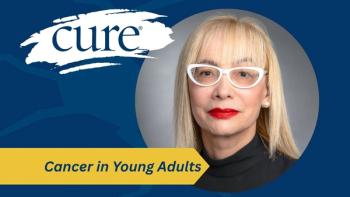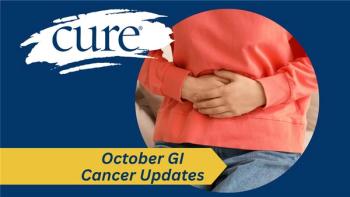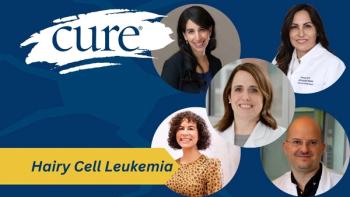
Did Your Cancer Transplant Fail? It’s Time To Learn Another Acronym: DLI
After two transplants and two relapses, it's time to go down a novel road.
It’s a sad fact, among so many others in this disease, that our stem cell transplants don’t always cure us. I did an autologous (self) transplant in 2006, but I relapsed in 2012. I had an allogenic (donor) transplant in 2015, but relapsed again this year. According to my doctor, people with my disease, mantle cell lymphoma, have about a 70 percent cure rate from donor transplants. In my case, I fell into the unlucky 30. In one of the many perverse things about cancer, my problem may have been that my transplant recovery was “too easy!”
Make no mistake. Both my transplants were difficult experiences. The most excellent staff in the unit said my side effects and issues were “in family with what they usually see.” To the patient, a nominal transplant can be chock full of quite unpleasant experiences, but we persevere, chasing the Holy Grail — a cure. But, in what seemed like a good thing at the time, my recovery after the hospital was amazing. I have virtually no graft vs. host reactions. I was back to work, part time, in three-and-a-half months, and working full-time by six months. I did a mini triathlon at eight months, and felt, for the first time in 10 years, young and peppy and without that nagging voice we all know so well. “Why plan for the future, when you might be dead in a year?” it whispers, sucking the hope out of our spirits.
Turns out I maybe could have used a little slower recovery, with a touch more graft vs. host disease. 15 months after the transplant, I was back in treatment, fully relapsed. Once again, I’m chasing the hope. In this case, hope is a three letter acronym: DLI. This is a fairly obscure procedure, a d
Next month (December 2016) I begin a series of these procedures, called by many patients (and not so many doctors!) as “mini transplants.” The process begins when my sainted donor, whom I’ve not been in contact with, goes through the donation process again. I receive a small transfusion of his stem cells, but without going through the fierce chemo to kill off my bone marrow. We don’t want it dead, it’s not mine! I’m living, like all allo transplant survivors, on my donor’s marrow. The problem is that my donor’s marrow and blood cells are too compatible with my original ones. The effect of a transplant is supposed to be that the new blood fights my old, cancer ridden cells and rejects them. The DLI should increase the amount of graft vs. host disease I have, until I reach a balance of constant, very low level rejection effects between my old, persistent cancer and my new, healthy marrow.
The first infusion has a very small number of stem cells. Each month, I get a heavier dose, until signs of graft vs. host show up. It could take up to four doses until I hit that level. Once there, hopefully, my body keeps that new level of activity, and I can start to us the other “C word” — cured!
There’s not a lot on the internet about DLI’s. And, like many cancer explanations, they all seem to copy from each other. Besides the Wikipedia article linked above, there are a couple of sites with good information:
I’ve spent 11 years “kicking the can down the road,” and thanks to God and science, every time I relapse there’s been another miracle treatment ready for me to try. In this case, “try” means “DLI.”
Besides the other wonderful blogs on CURE’s site, I hope you'll also visit my




